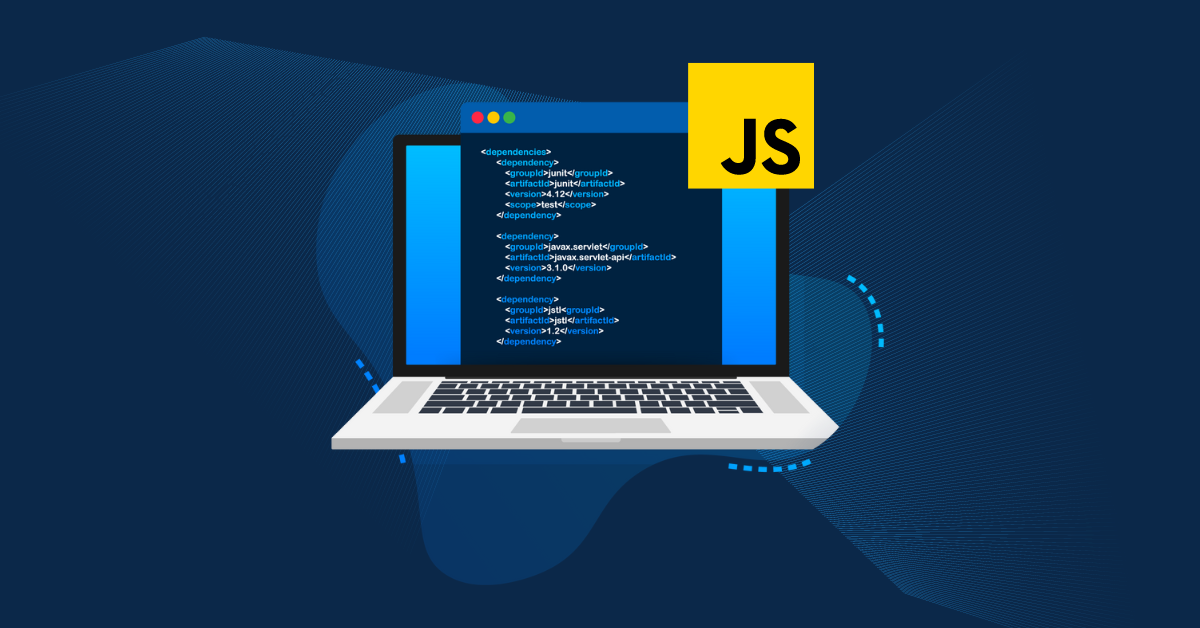
Among developers, JavaScript is a popular programming language for web application development due to its flexibility, interactivity, and user experience. A Stack Overflow survey shows that over 67% of developers use JavaScript. Also, more than 95% of websites use this language.
But from a security point of view, JavaScript is the fourth most vulnerable programming language, just behind Java, PHP, and C. Much can go wrong with JavaScript, from malicious attacks to insecure user inputs.
The potential risks include stealing a user’s session, redirecting a session, modifying data, and tricking users into performing unintended actions. JavaScript’s source code vulnerabilities also allow for data exploitation. How can you address these JavaScript vulnerabilities and make your web applications secure in 2022 and next year?
Below is the list of common Javascript vulnerabilities and how they can steal or manipulate your data:
As JavaScript is an interpreted programming language and not a compiled one, a single obfuscation method won’t protect your application against hackers.
Other vulnerabilities include developers’ widespread use of libraries and software packages in the application code. There can be potential hidden vulnerabilities in the packages, which hackers can use to exploit the code later on.
How JavaScript interacts with the Document Object Model (DOM) on the web page can become a potential security concern, allowing for script embedding and execution on client computers across the internet.
XSS attacks allow web applications to accept unintended or untrusted scripts on a webpage without proper validation.
The XSS attack involves the hacker interacting with the user through reverse engineering or requesting them to visit a particular page. Next, the browser executes the untrusted script, and the attack completes successfully.
On the server side, injection attacks are more common. They exploit query parameters in SQL databases to execute arbitrary JavaScript instructions on an application.
The applications that usually pass string functions like setTimeout(), eval(), and setInterval() are more vulnerable to injection attacks. An attacker can create an id string parameter to retrieve all tables from the database or write in the database.
The client-side JavaScript on a browser accepts all content that a web application returns to a browser. This also includes cookies containing sensitive data, such as users’ session IDs. A common way for an XSS attack is intercepting the session ID and sending it to the hacker. In this way, the hacker is able to hijack the session.
There are certain preventative measures you can take to avoid vulnerabilities and increase your JavaScript application security:

Audit your application code regularly to find potential vulnerabilities. In addition, write test units to ensure your code behaves as you want it to and executes securely.
Also, use scanning tools to regularly scan your application code and identify potential vulnerabilities in third-party libraries and packages. So, you can remove them before they can be exploited. Do a regular patch and update your libraries.
To prevent XSS attacks, perform proper validation and sanitization of user input to ensure it only consists of acceptable characters. For example, you can allow the phone number field to include only numbers and a dash or parentheses.
Don’t allow unexpected character input. Use methods such as innerText, a secure way to manipulate DOM. This method escapes malicious content, thus preventing DOM-based XSS attacks.
To prevent malicious SQL injections, you must also perform input validation. If it fails the test, the SQL query won’t be executed. Another way to deter potential injection attacks is to replace concatenations with prepared statements or parameterized queries.
Basically, the parameterized queries can extract the SQL syntax from the input parameters.
An excellent way to enhance server-side security is to use server application protection. It will integrate seamlessly with your JavaScript application build to prevent both active and passive attacks.
Any XSS attack relies on input data containing special characters in underlying JavaScript. The browser views these characters as part of the web page code rather than as a value to display during execution.
This enables the hacker to get out of the text field and provide extra browser-side code for execution. To prevent this type of attack, any time your browser-supplied user input returns a response, replace the special characters with an escape code.
For instance, replaced the < and > characters to delimit HTML entities with < and >. This will prevent the browser from interpreting these characters as HTML entities, forcing it to display them.
It is a bad security practice to expose session IDs in logs, error messages, or URLs. This causes issues like session hijacking, fixation, and cross-site request forgery (CSRF). The CSRF attack tricks the browser to execute malicious requests to other websites in the background by using the clients’ session cookies.
A technique to prevent this kind of attack is to introduce tokenization for client-server interaction. Upon establishing a session, a token must be generated for each form on the site and sent with each request while the user is present on the website.
Another way to secure cookie transmission is to use HTTP-only cookies. This attribute won’t allow the browser to provide access to cookies through DOM. It will also prevent client-side script attacks from accessing session IDs from the cookies.
JavaScript is a popular programming language, but its source code is visible to anyone with a browser. It has other potential pitfalls as well. The recommended best security practice to prevent hackers from exploiting JavaScript vulnerabilities is to keep both the client and server sides secure.
This approach prevents the risk of malicious content while validating the client to improve end-user results. The client-side validation will inform users of issues with their input, while server-side validation ensures that only trusted data makes its way to the JavaScript application.
A good security practice is to obfuscate your JavaScript code to prevent hackers from reverse engineering, finding vulnerabilities, and debugging.
PreEmptive JSDefender can help you obfuscate your code, making it difficult for malicious attacks to exploit JavaScript security and modify or steal your code. Register today to get a free trial!